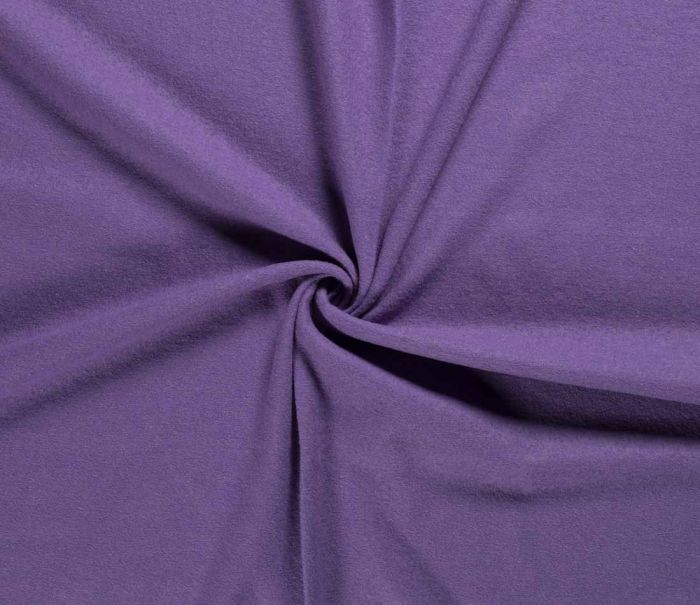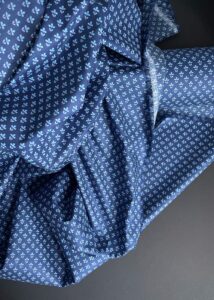Can You Mix Wool and Voile Fabrics?
Fabric compatibility is crucial in fashion and sewing, impacting the final look and feel of garments and home decor. Wool and voile are distinct fabrics with unique characteristics, and understanding their compatibility is key to successful sewing projects. In this article, you’ll discover whether these fabrics can be mixed and how to do so effectively.
Compatibility Analysis
Yes, you can mix wool and voile fabrics, but it requires careful consideration. Wool, known for its warmth and durability, contrasts with voile’s lightweight, sheer nature. Their compatibility hinges on balancing texture, weight, and care requirements. Wool’s texture complements voile’s smoothness, while their differing weights can add visual interest. However, care must be taken with their stretch, care instructions, and durability.
Fabric Properties Comparison Table
| Property | Wool | Voile |
|---|---|---|
| Fiber Content | Natural (animal fiber) | Natural or synthetic |
| Weight and Thickness | Medium to heavy | Light and sheer |
| Breathability | Moderate | High |
| Stretch and Elasticity | Low to moderate | Low |
| Wrinkle Resistance | Moderate | Low |
| Care Instructions | Hand wash or dry clean | Machine wash, low temp |
| Durability | High | Moderate |
Benefits of Mixing These Fabrics
Mixing wool and voile can enhance texture and create visual interest in garments and decor. The combination offers improved comfort, as wool provides warmth and voile offers breathability. This pairing allows for better drape and movement, making garments more appealing. The cost-effectiveness of using voile as an accent or lining also makes this combination attractive. Additionally, their seasonal versatility and design possibilities, such as contrasting panels or layered effects, are significant advantages.
Potential Challenges
Mixing wool and voile presents challenges like different shrinkage rates and conflicting care requirements. Wool may shrink more than voile, leading to puckering seams. Additionally, texture clashes or pilling can occur, and color bleeding or fading may be issues. Practical solutions include pre-washing fabrics, using compatible care methods, and employing stabilizers to manage texture differences.
Sewing & Styling Tips
When combining wool and voile, use a universal needle size 80/12 and polyester thread for strength. Consider interfacing for stability, especially when working with wool. Finish seams with French seams or serging to prevent fraying. Choose patterns that highlight the contrast between the fabrics, like skirts with voile overlays. For styling, pair wool tops with voile skirts for a balanced look or use voile as a lining for wool jackets.
Care & Maintenance Guide
For garments combining wool and voile, hand wash or use a gentle cycle with cold water. Air dry flat to maintain shape and prevent wool shrinkage. Iron on a low setting with a pressing cloth to protect the voile. For stains, treat wool and voile separately, using appropriate stain removers. Regularly check for signs of wear to prevent damage.
FAQ Section
-
Can you wash wool and voile together?
- It’s best to wash them separately due to different care needs.
-
Will wool shrink more than voile?
- Yes, wool is prone to more shrinkage, so pre-washing is recommended.
-
What needle size should I use for sewing wool and voile together?
- Use a universal needle size 80/12 for best results.
-
Can you mix wool and voile in one garment?
- Yes, they can be combined for a textured, layered effect.
-
How do you prevent puckering when combining these fabrics?
- Use stabilizers and ensure even tension while sewing.
-
Is it okay to mix wool and voile for upholstery?
- It’s not recommended due to voile’s delicacy.
-
What’s the best way to finish seams with these fabrics?
- French seams or serging are ideal for clean finishes.
By understanding the properties and compatibility of wool and voile, you can create stunning garments and decor that leverage the strengths of both fabrics. With careful planning and execution, these materials can work harmoniously to elevate your sewing projects.



Leave a Reply